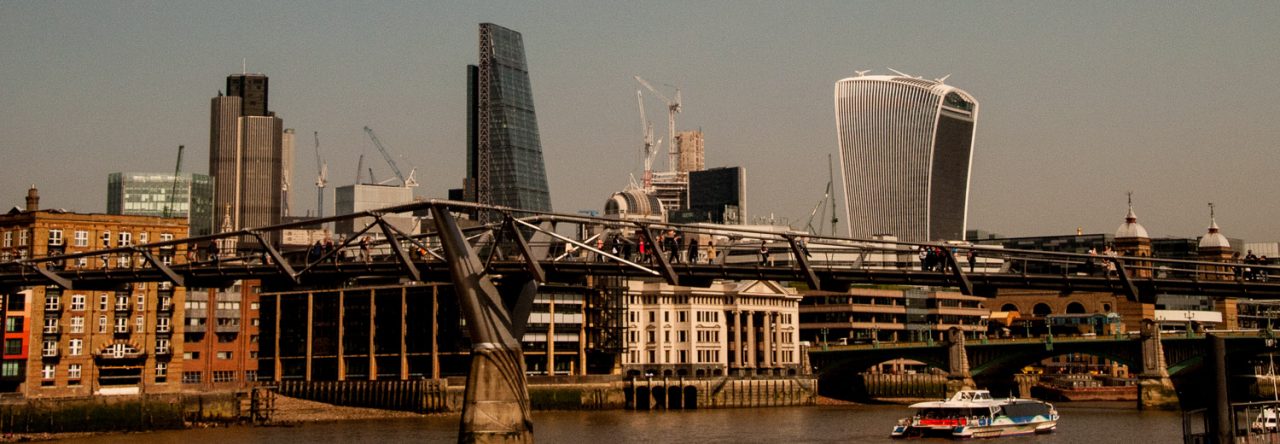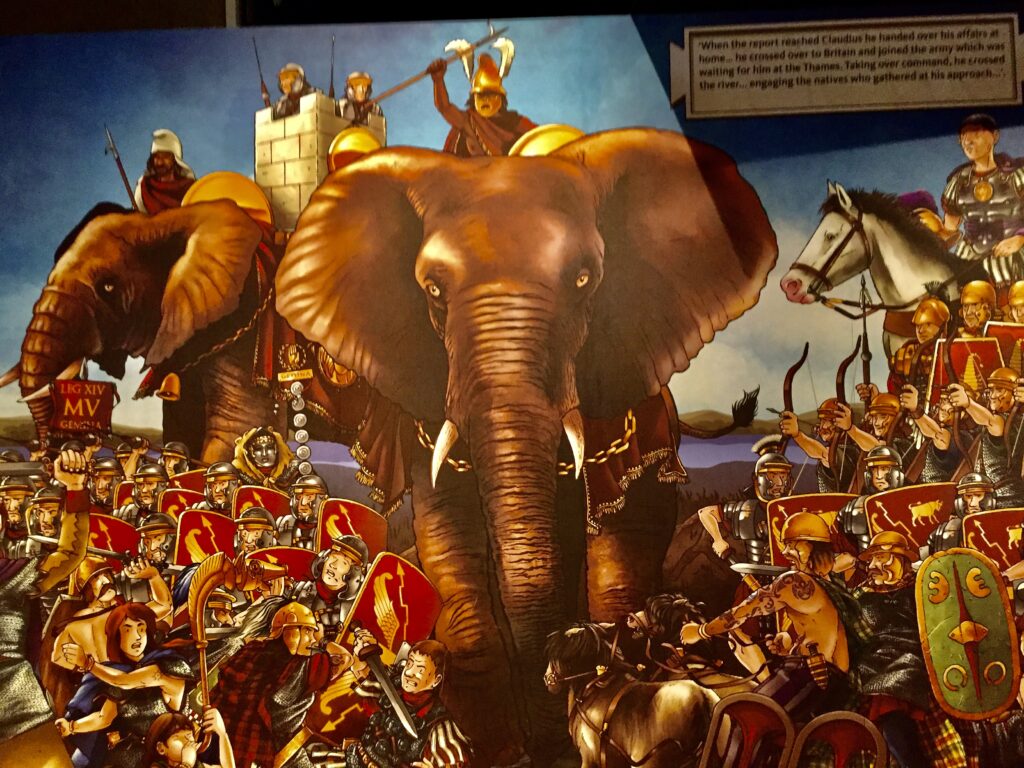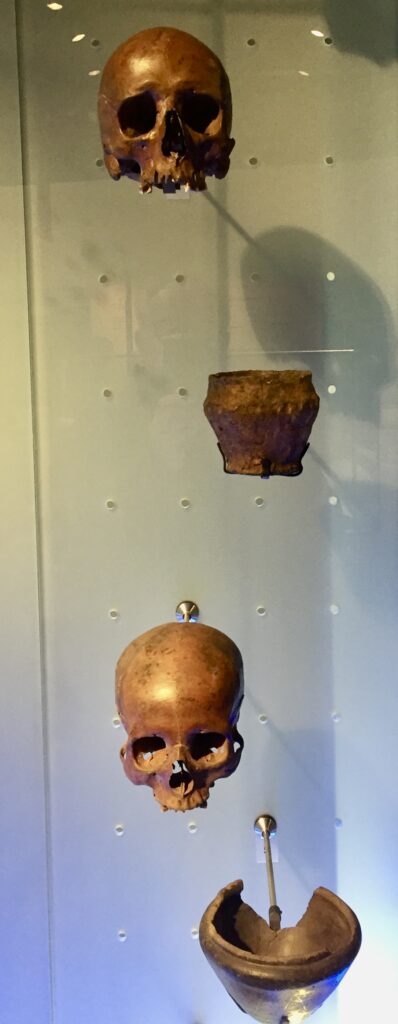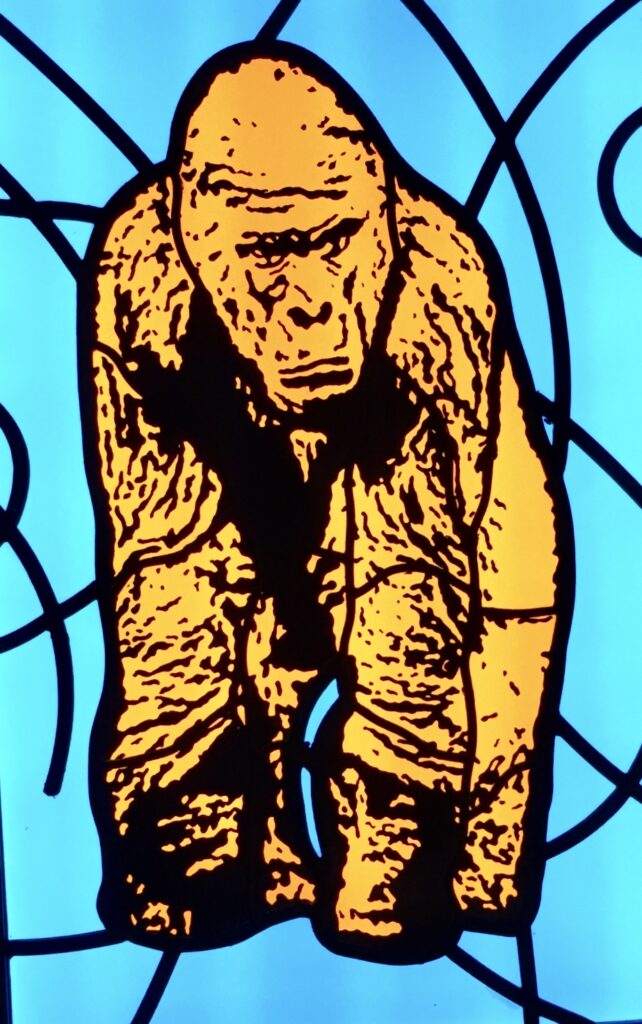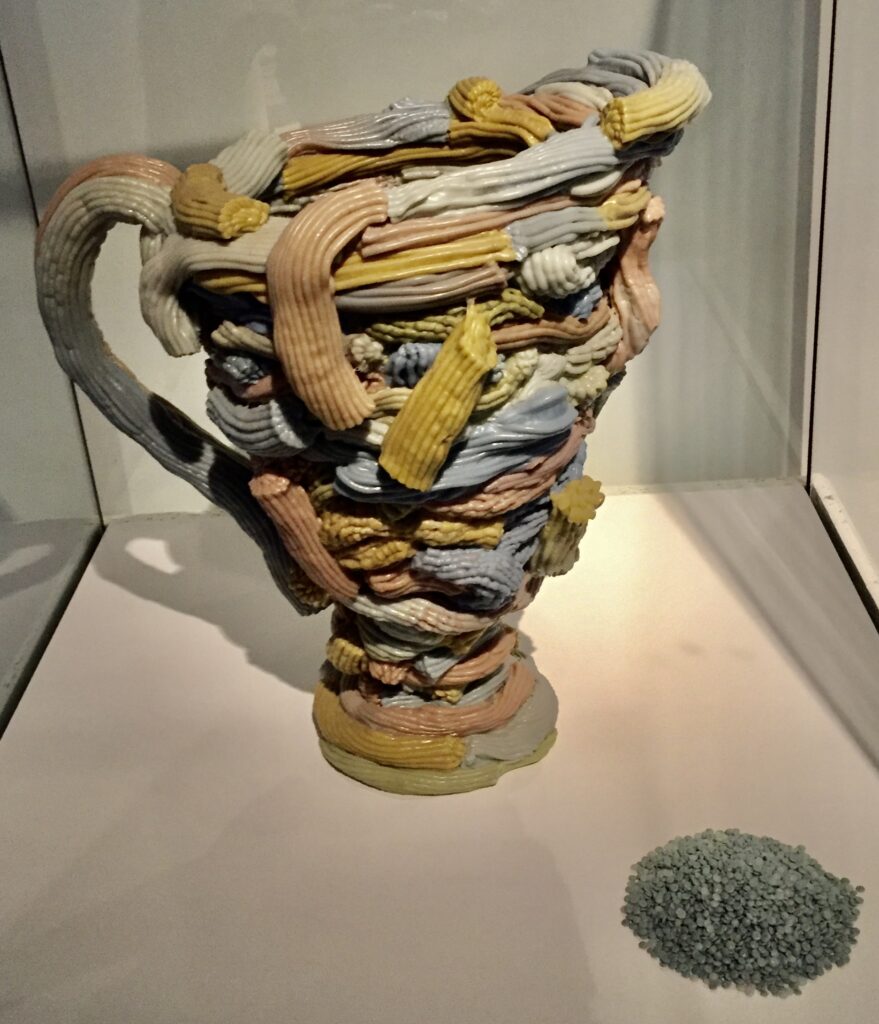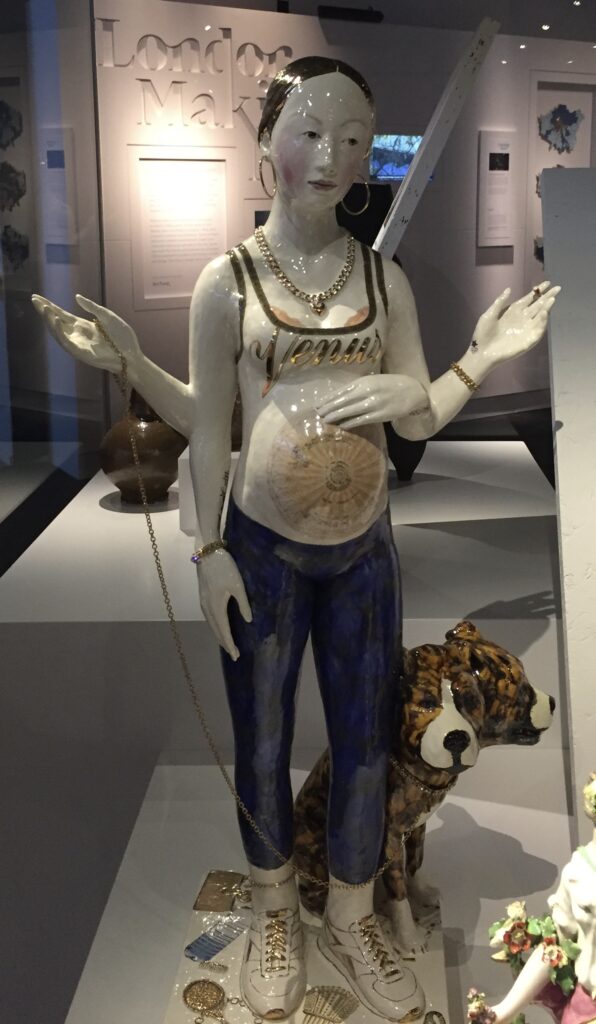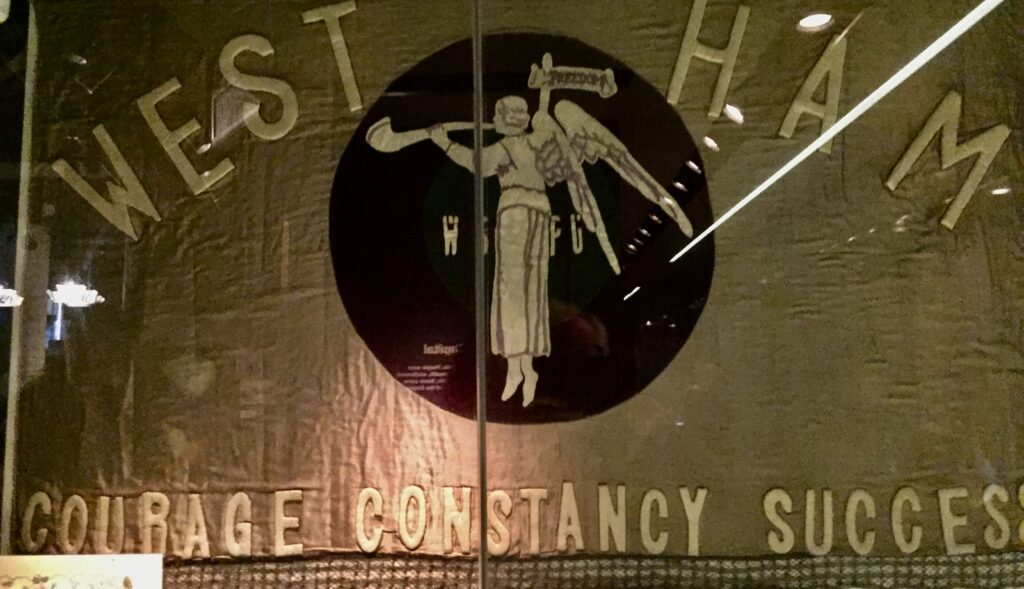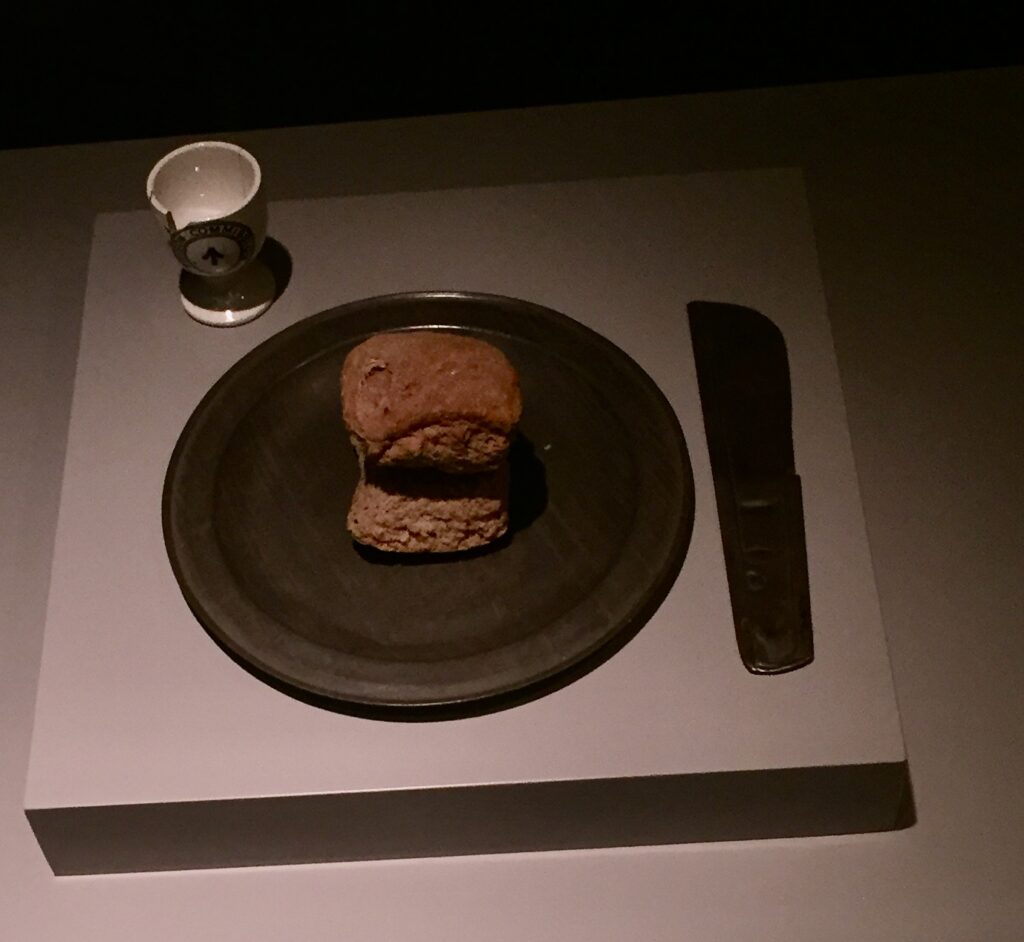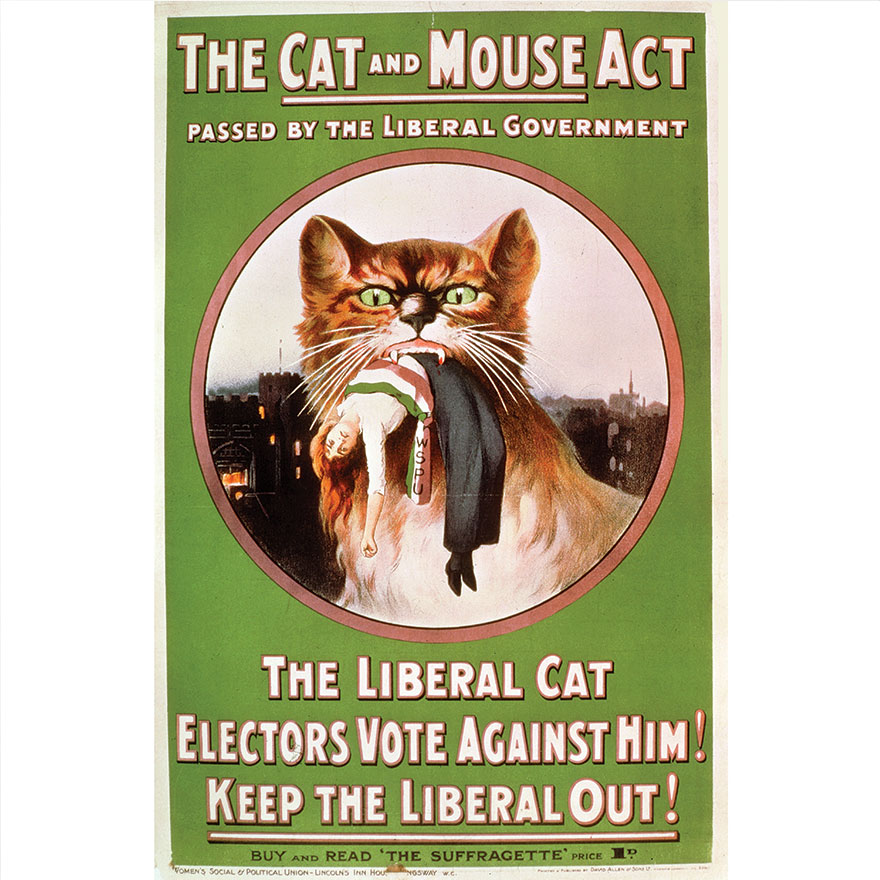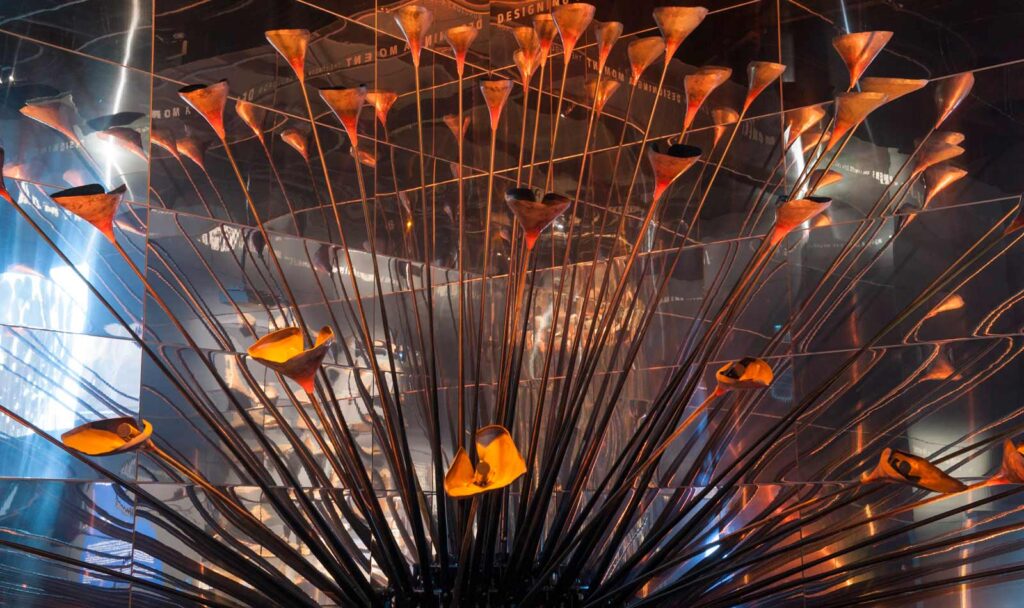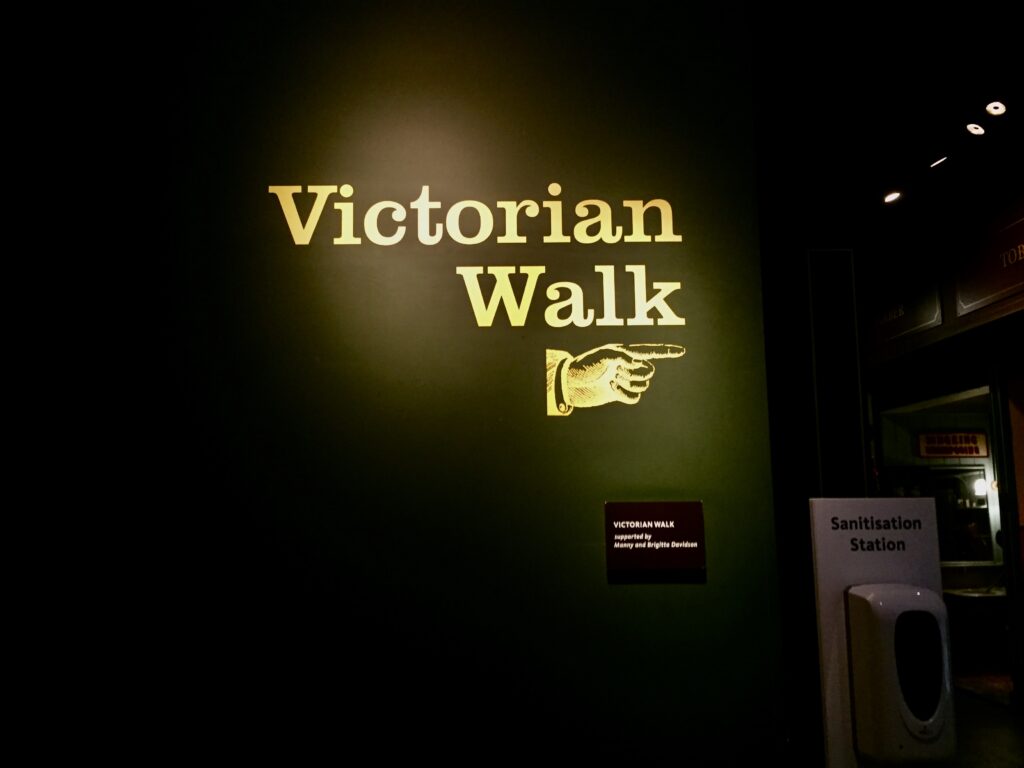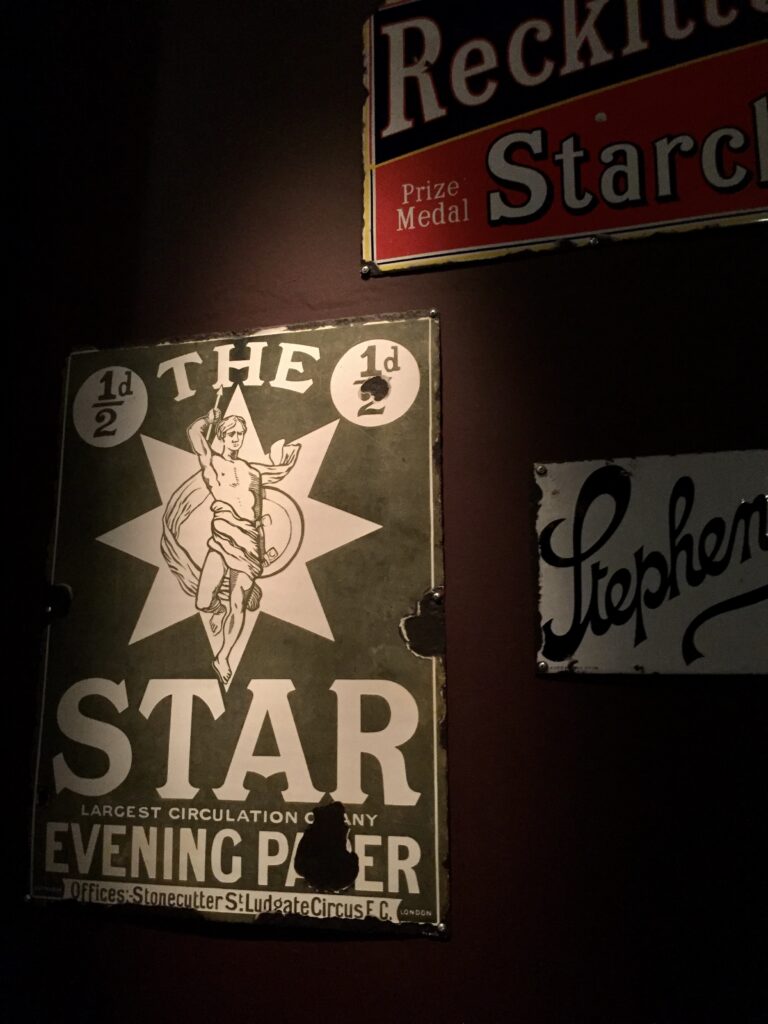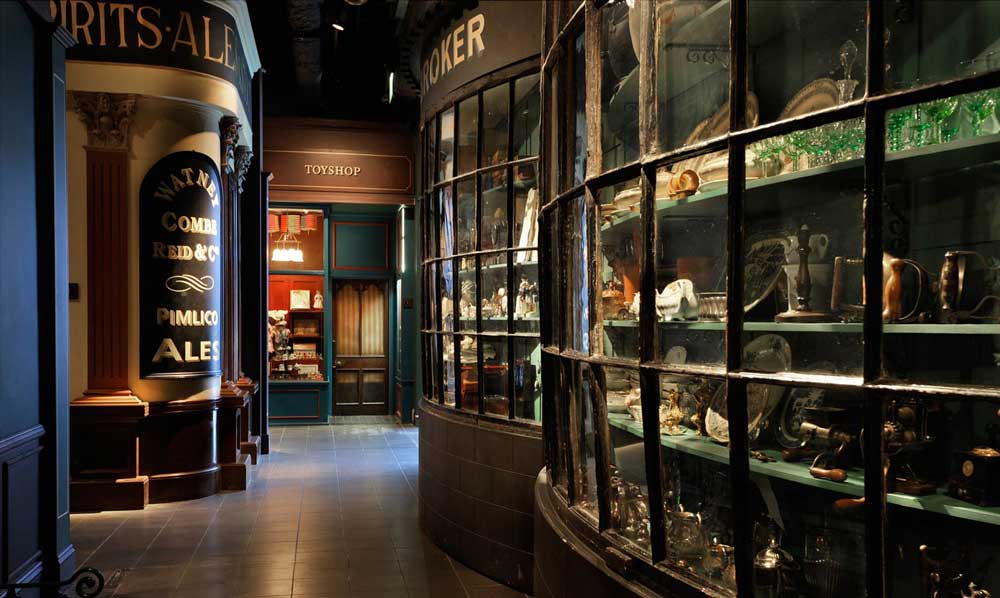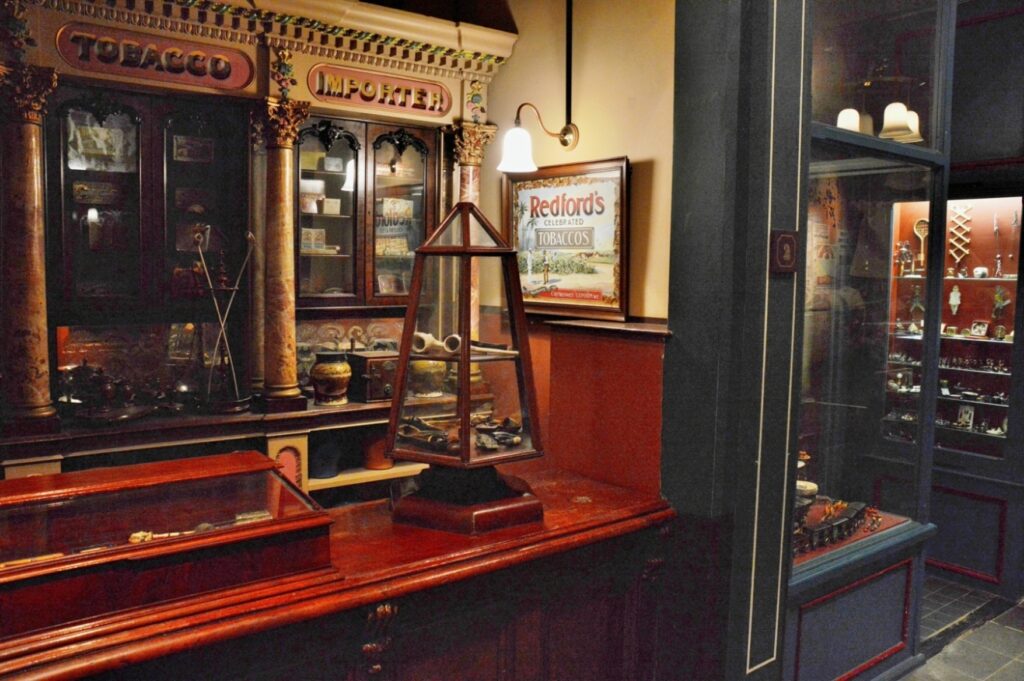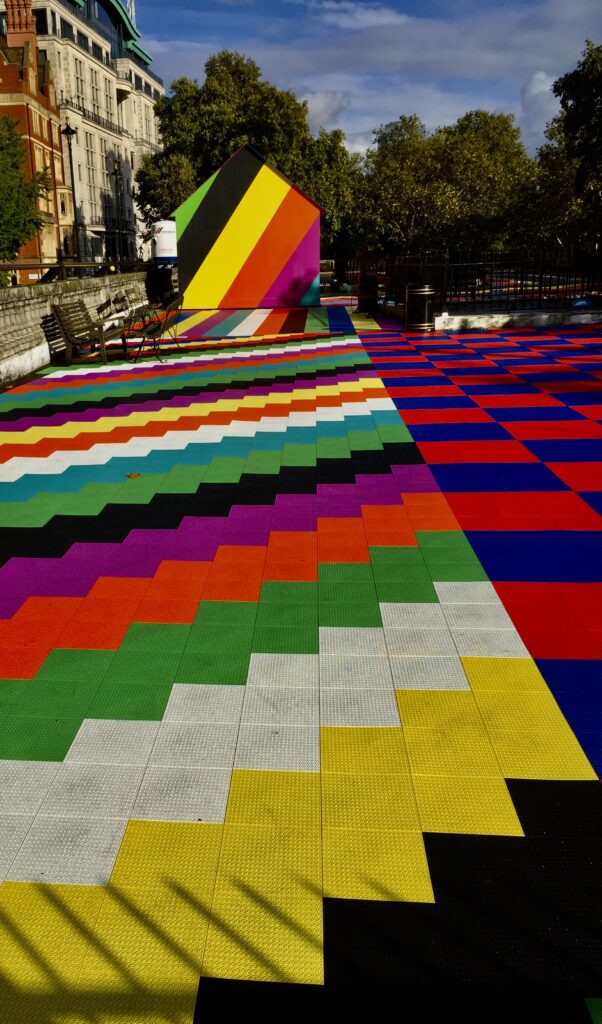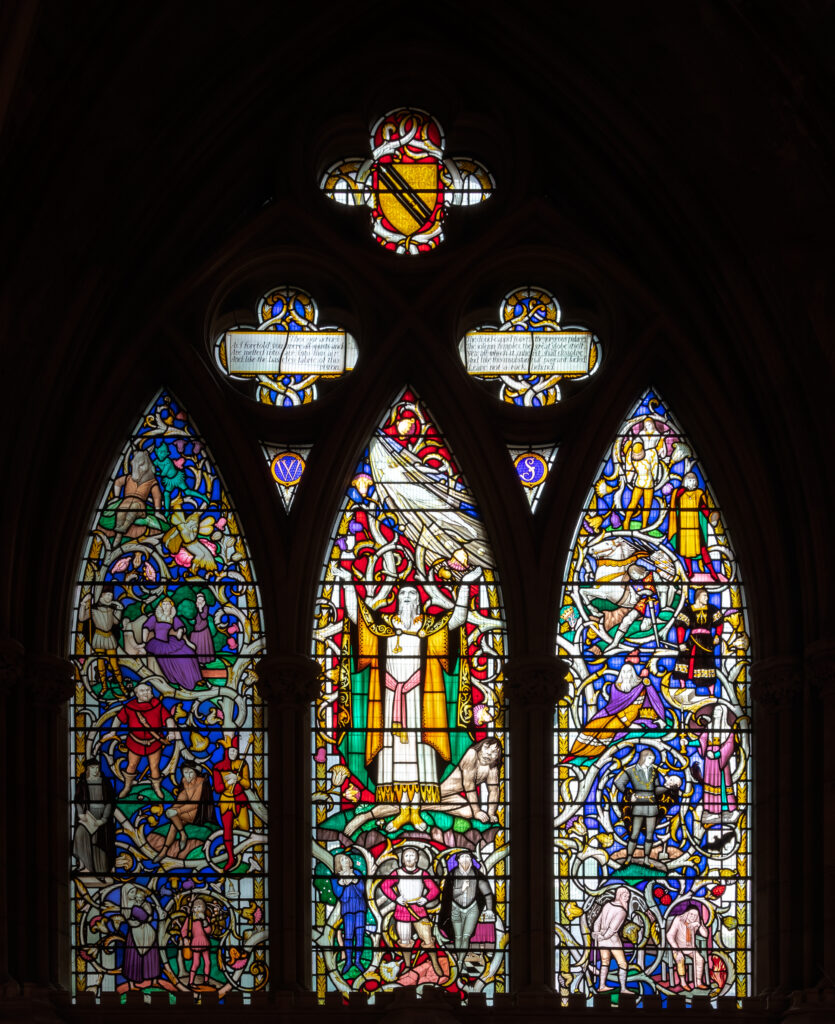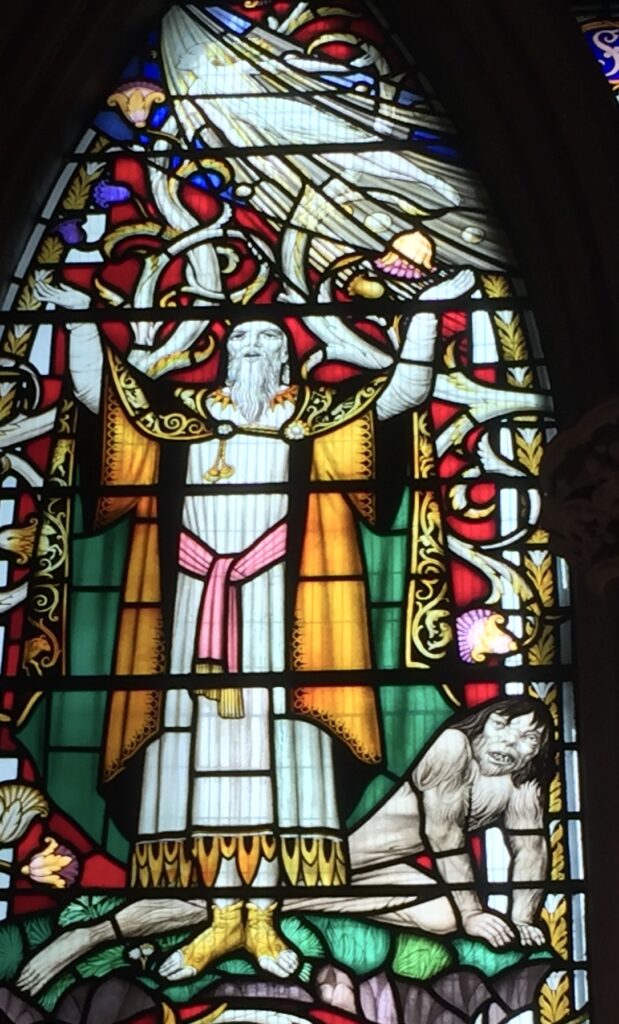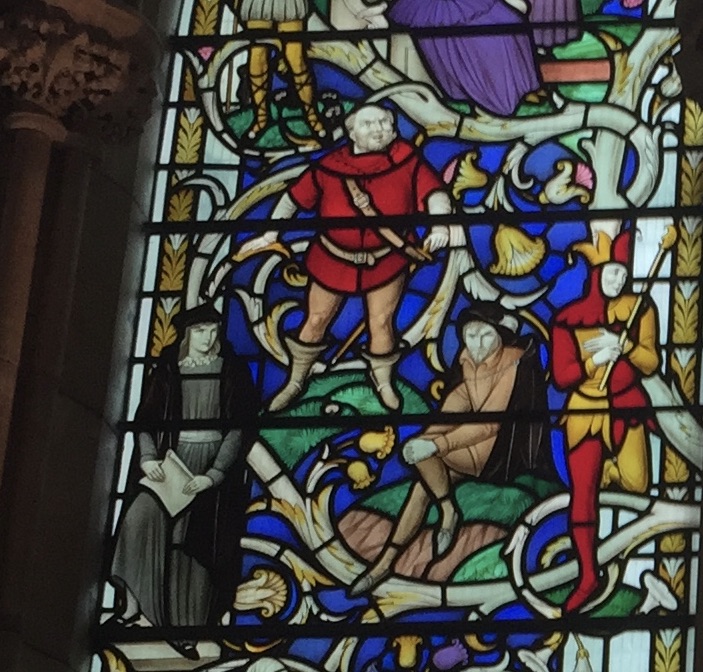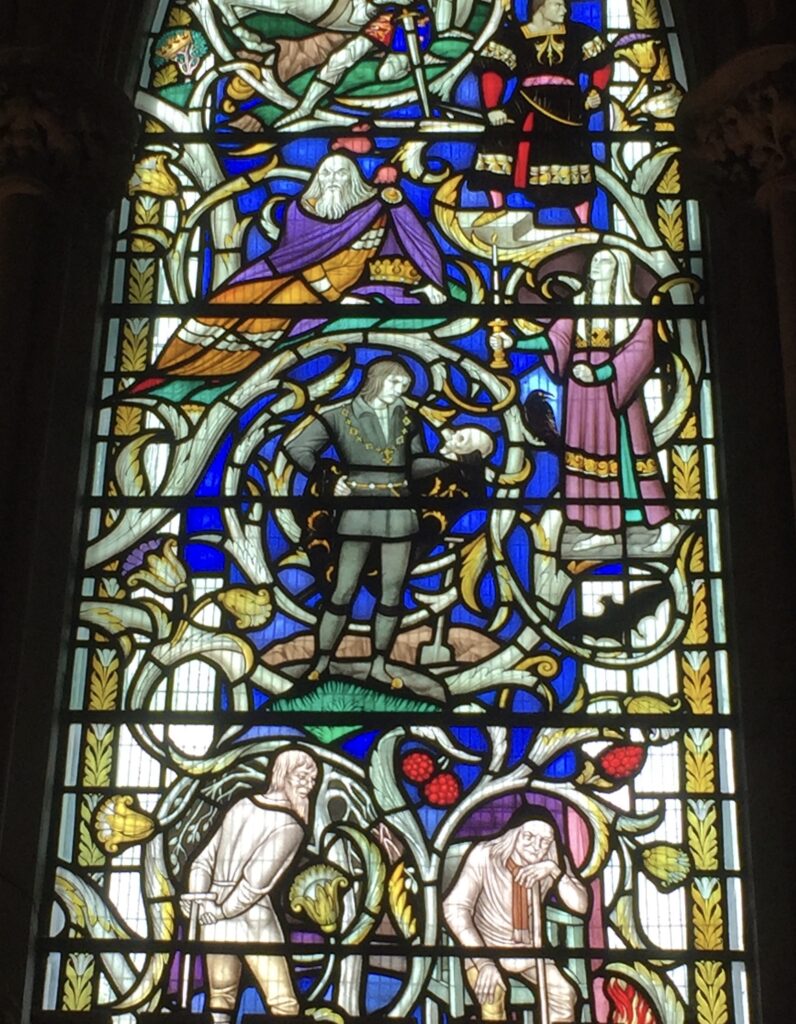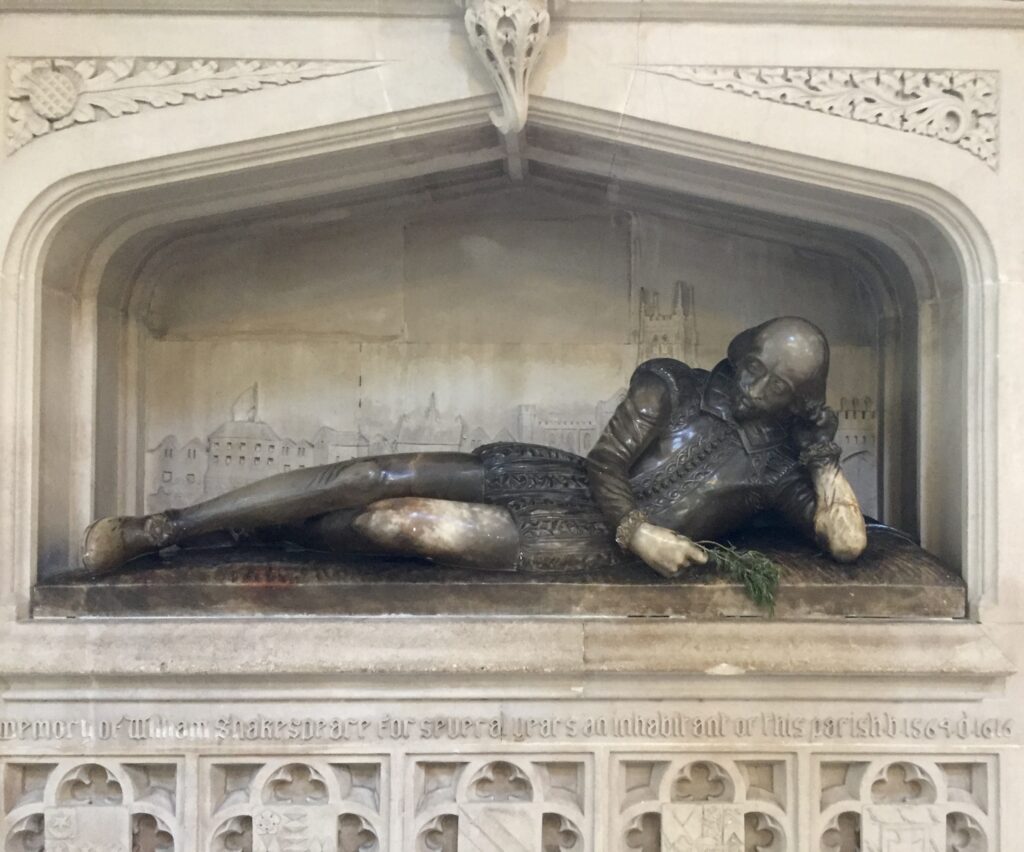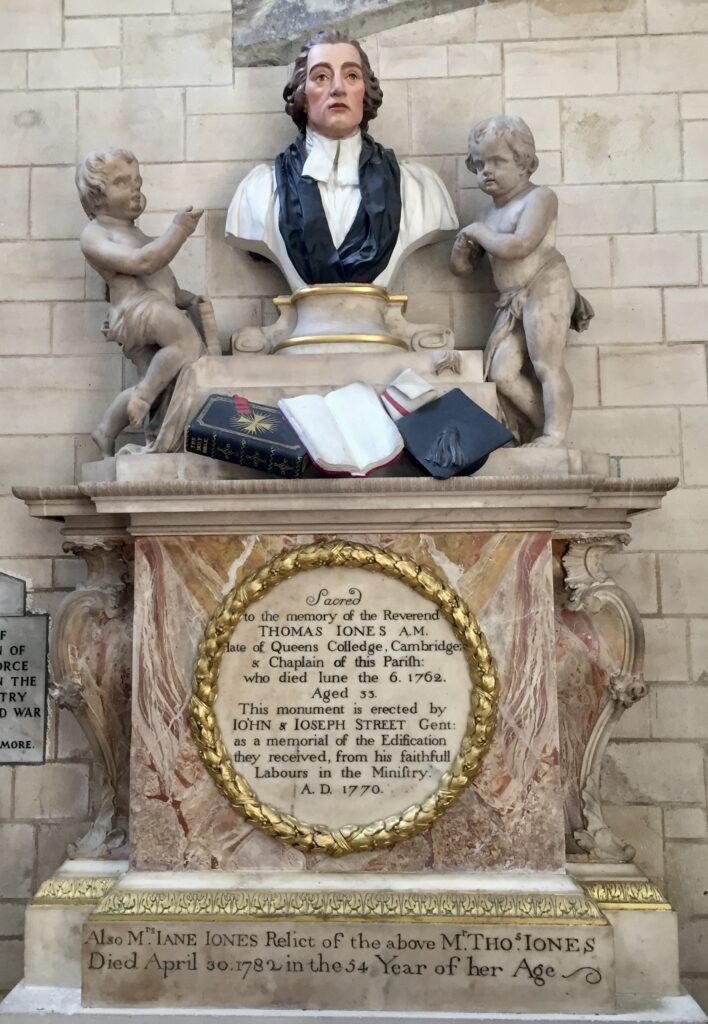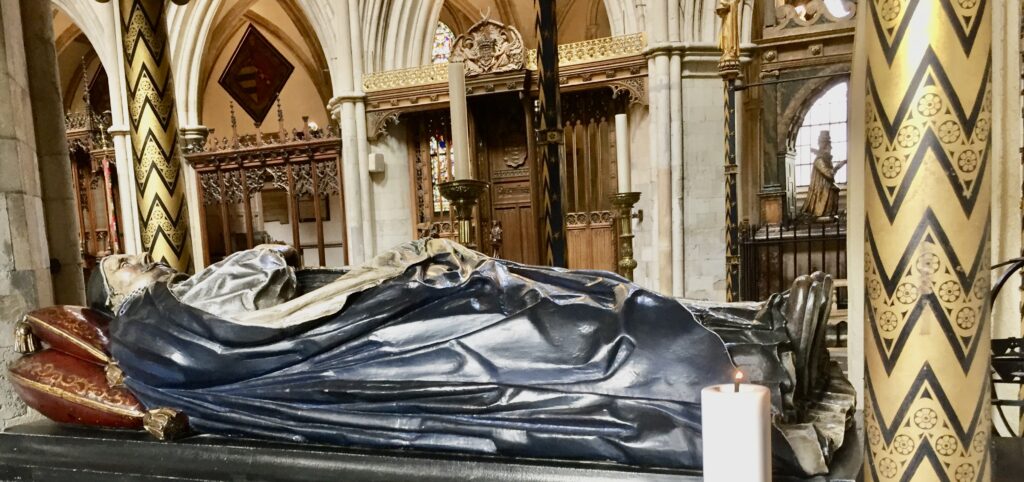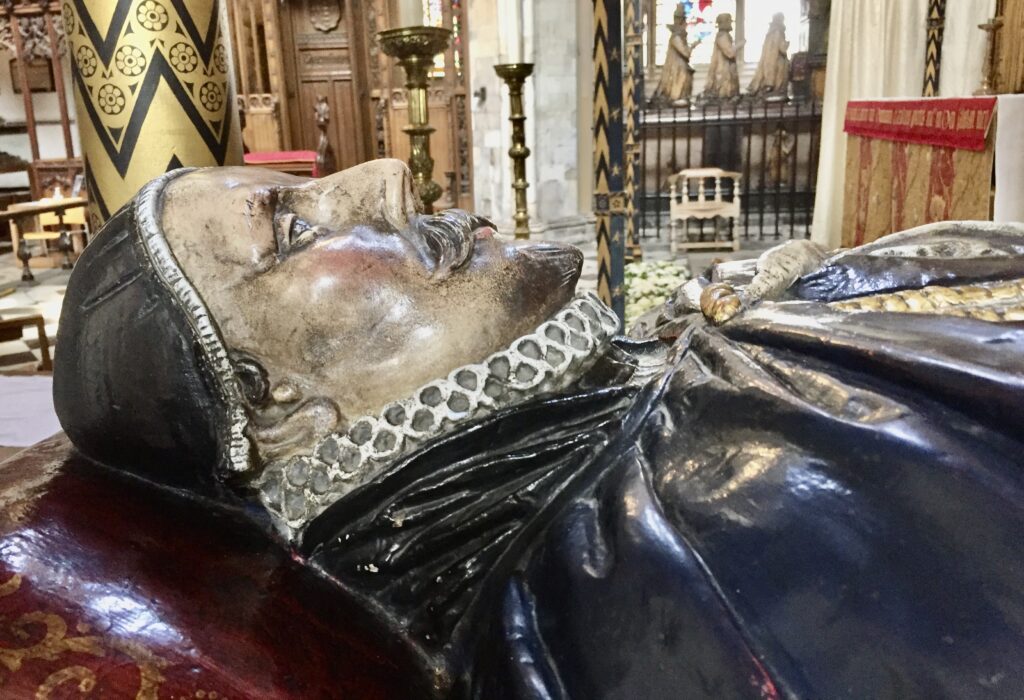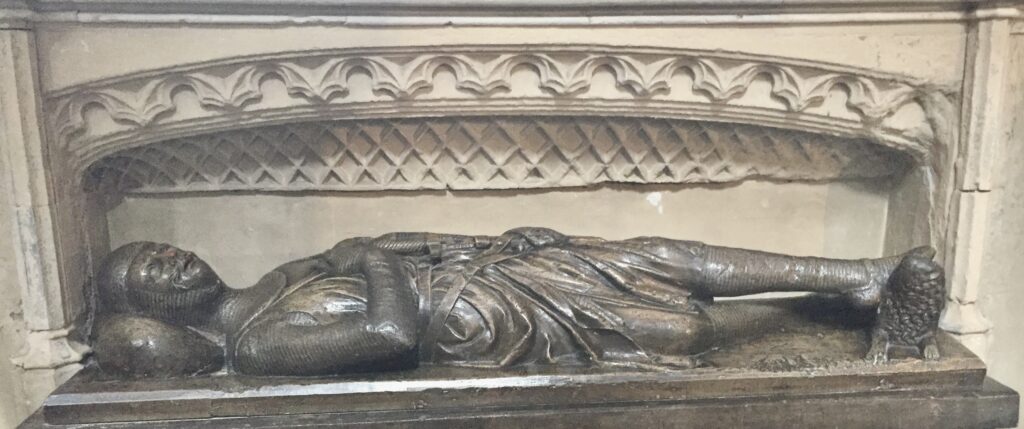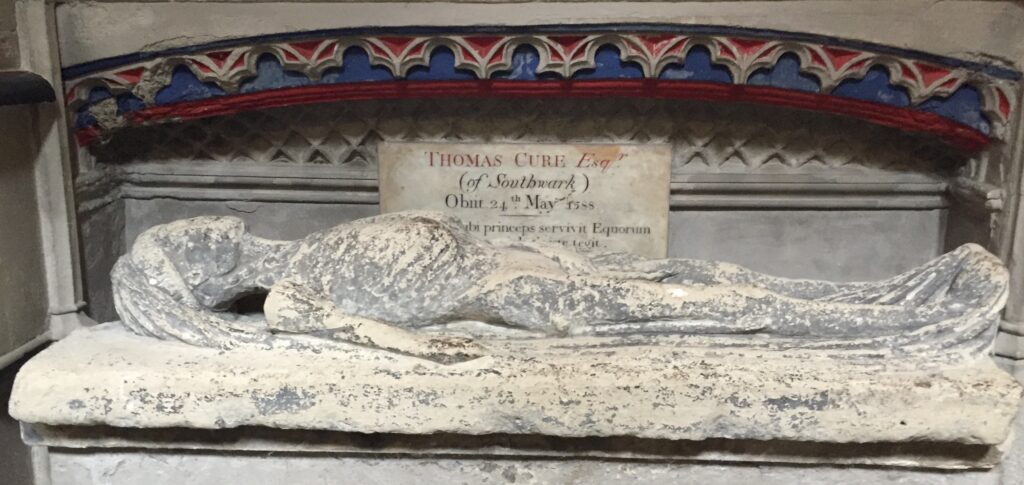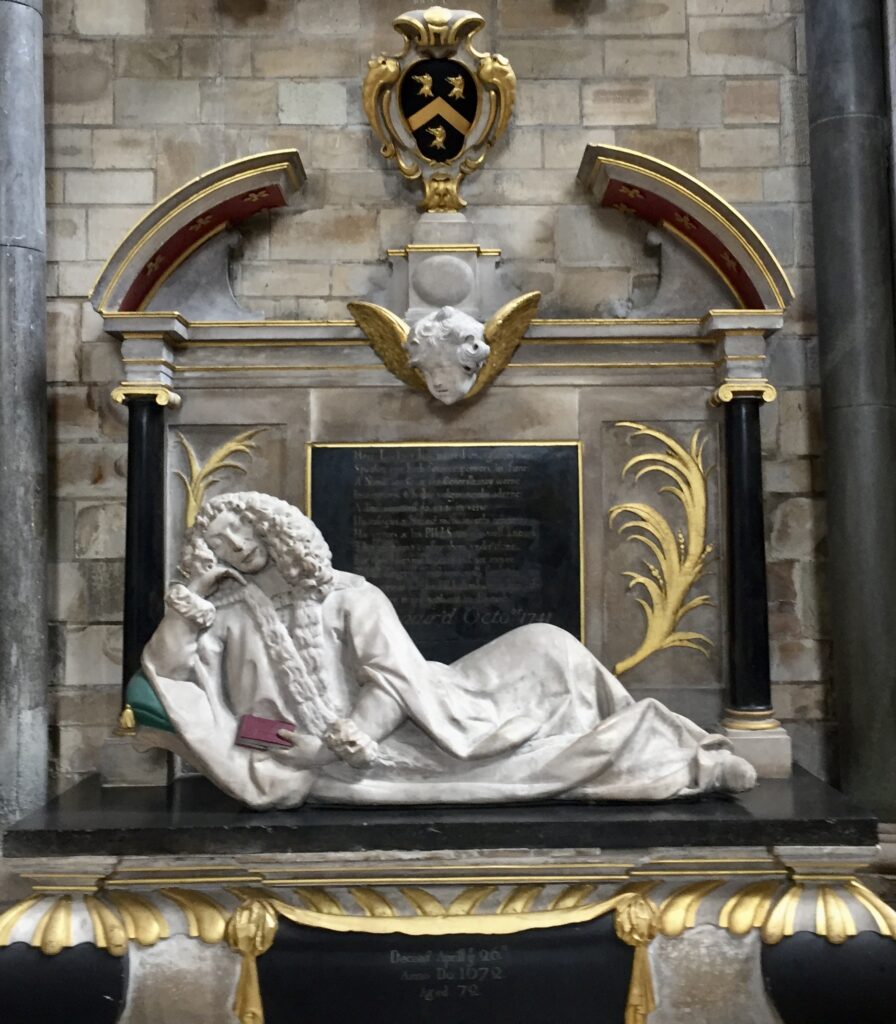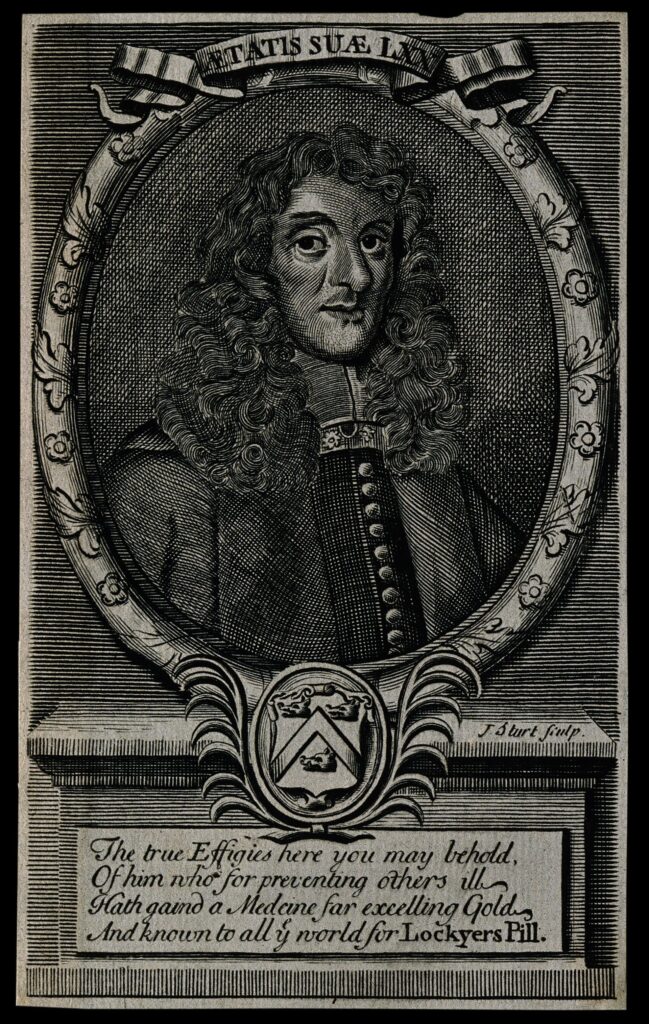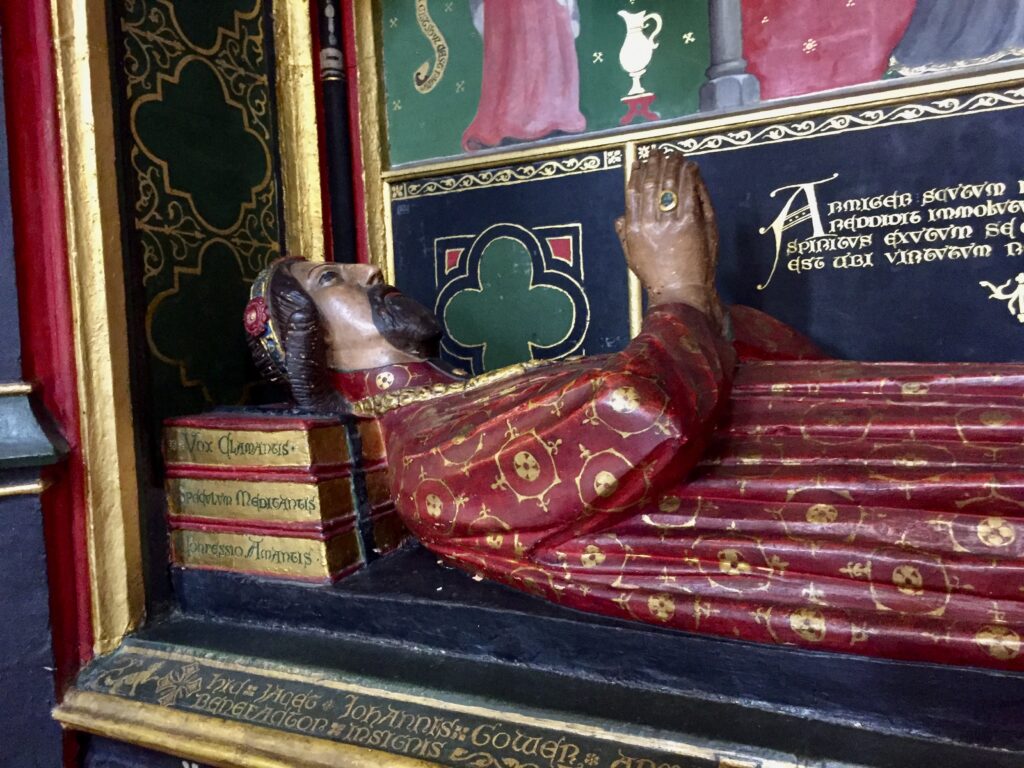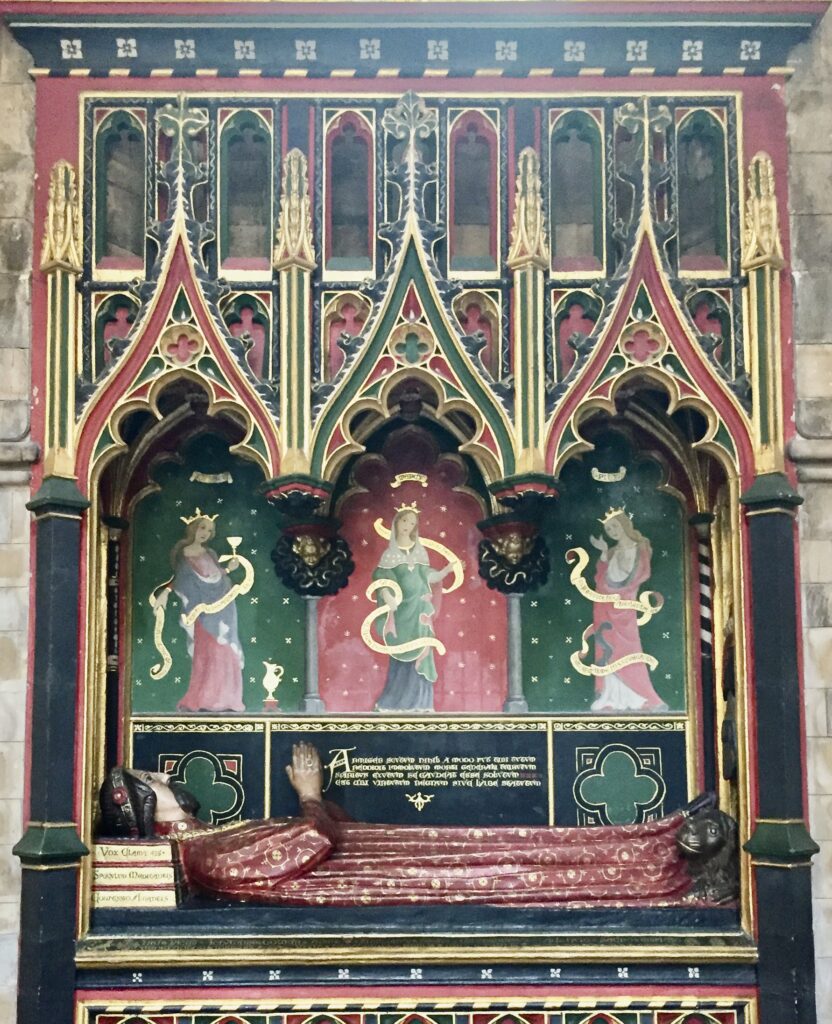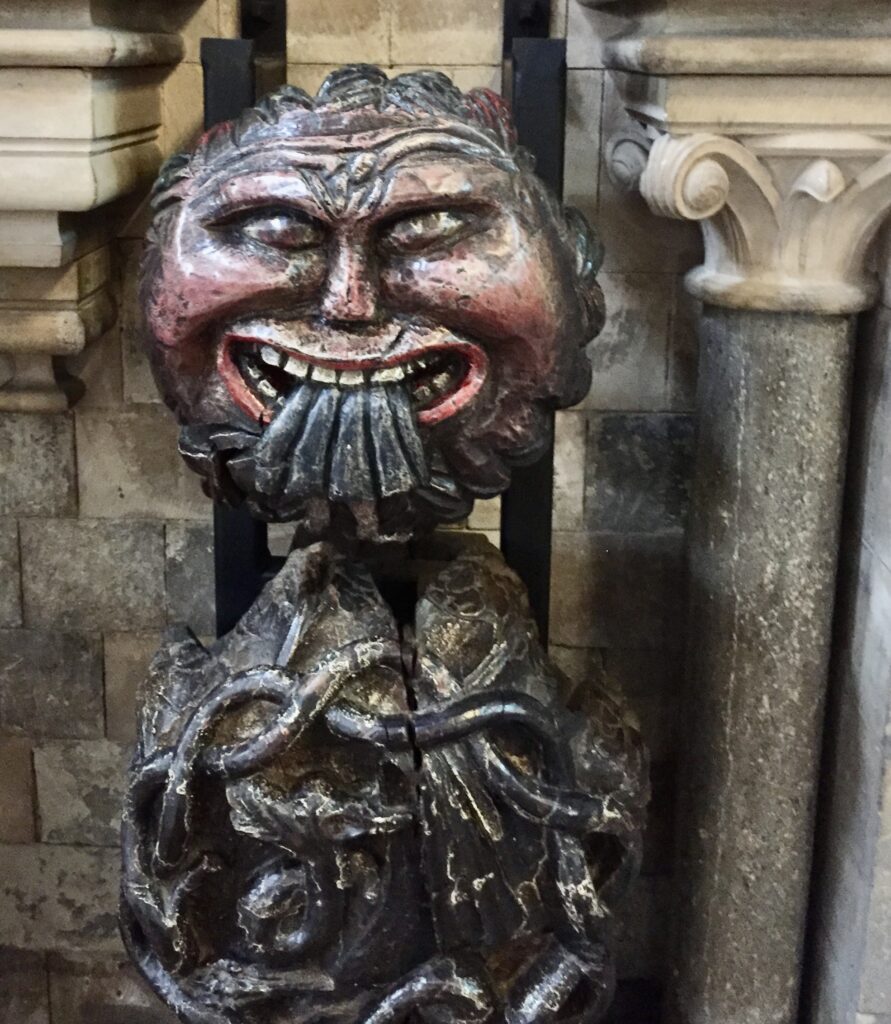After the Great Fire of London of 1666 St Margaret’s was rebuilt by Christopher Wren between 1683 and 1692. As some churches around St Margaret’s were demolished under the 1860 Union of Benefices Act, St Margaret’s benefited from acquiring some of the interior furnishings of these buildings. The church now houses an outstanding collection of seventeenth century fittings, many by the sculptor and wood carver Grinling Gibbons. It is one of the few Wren churches that sustained only minor damage during the Second World War.
In 1698–9 the top stage of the tower with large belfry openings and all of the spire were added and this work was probably designed by Robert Hooke. Hooke was Surveyor to the City of London and chief assistant to Christopher Wren, in which capacity he helped Wren rebuild London after the Great Fire.

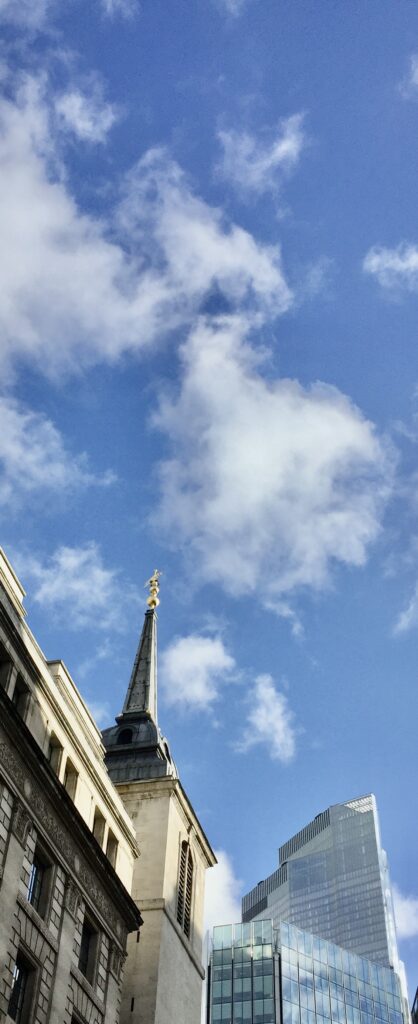
The baptismal font, believed to be by Grinling Gibbons (1648–1721), came from St Olave, Old Jewry, after that church was partially demolished in 1887. The font is a carved bowl with cherub heads at each corner and the sides are decorated with Adam and Eve, the dove returning to the ark, the baptism of Jesus and the baptism of the Ethiopian eunuch by Philip.

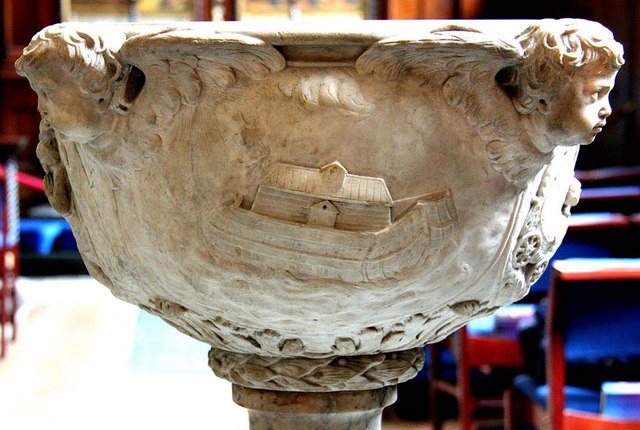



Of the subsequent additions to the church the most splendid is the choir screen, one of only two in a Wren church, erected originally in the Church of All Hallows the Great, Thames St. in 1683-84 …

The screen, along with the tester above the pulpit, was moved to St Margaret’s in 1894 when the Church of All Hallows the Great was demolished, to allow widening of Thames Street and building of the City of London Brewery on the site.
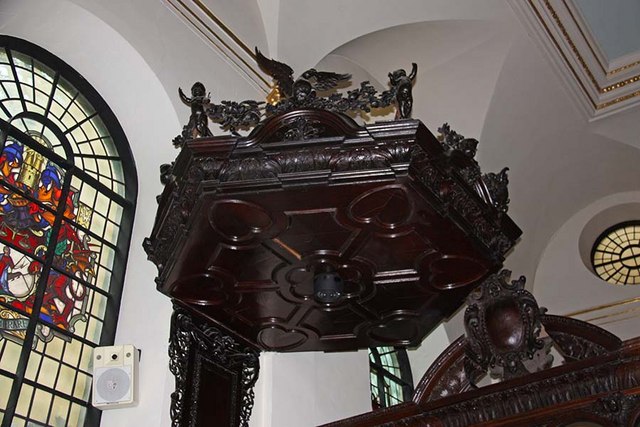
The Stuart royal arms are part of the screen which was originally donated by the German merchant Theodore Jacobson in c.1685. The eagle is supposed to refer to Herr Jacobson’s nationality …

The lovely stained glass windows celebrate St Margaret’s links with a number of City Livery Companies and Institutions. The windows were donated by either the Livery Companies or their Masters.
The Worshipful Company of Glovers of London – True hearts and warm hands …

The Worshipful Company of Tin Plate Workers alias Wire Workers’ motto is Amore Sitis Uniti, Latin for Be United in Love (rather sweet!) …

The Institute of Chartered Accountants in England and Wales. The phrase Recte Numerare means to reckon or number rightly in Latin …

The Worshipful Company of Tylers and Bricklayers : In God is all our trust, let us never be confounded. …

The Worshipful Company of Scientific Instrument Makers. The motto Sine Nobis Scientia Languet – Knowledge cannot flourish without us – reflects the fundamental role the craft has played in the achievement of science over the past centuries …

The Worshipful Company of Armourers and Brasiers. The Company’s present Coat of Arms was granted in 1709 and incorporates the former arms of the Armourers granted in 1556 with a new coat for the Brasiers. The two mottos are Make All Sure for the Armourers, and We are one for the joint Company. ‘Put on the whole armour of God’ …

There’s much more to see at St Margaret’s so I shall return.
Incidentally, if you are passing near the Royal Exchange check out Paparazzi Dogs …

If you would like to follow me on Instagram here is the link …
